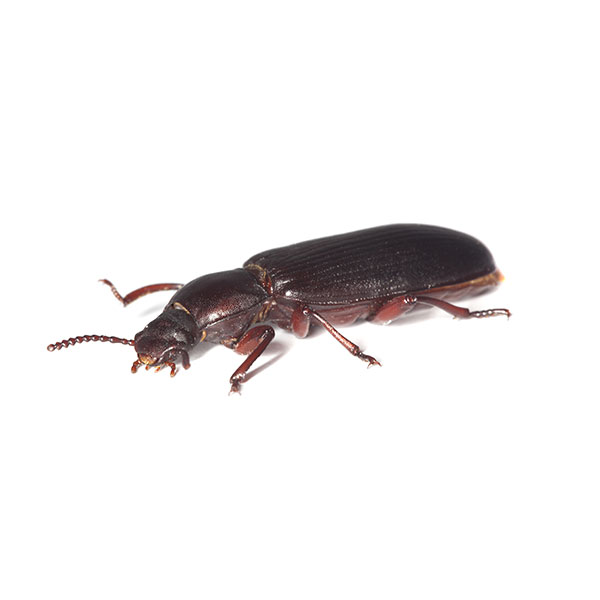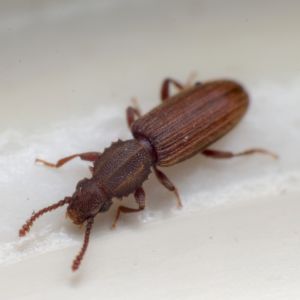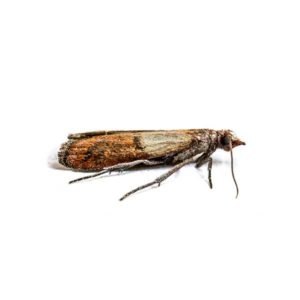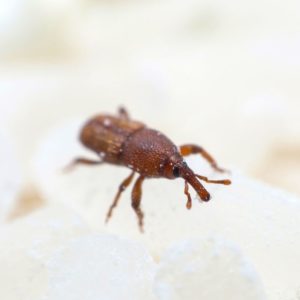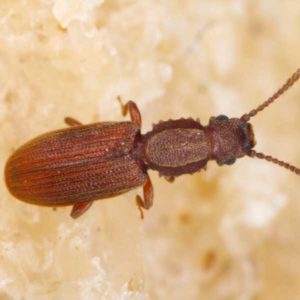Confused Flour Beetles in Las Vegas
A number of beetles infest flour and grain-based products and are known as flour beetles. Of these species, the confused flour beetle and the red flour beetles are the most economically dangerous. The confused flour beetle occurs commonly in the northern part of the United States. This beetle is omnivorous, eating both plants and animals. Flour beetles are extremely important pests of flour, being the most commonly encountered pests in flour mills. They feed on grain dust and milled cereals, but are unable to attack sound and undamaged grain.
Confused Flour Beetle Habitat
The confused and red flour beetles live in the same environment and compete for resources. Flour beetles can be found not only inside infested grain products but in cracks and crevices where grain may have spilled. Flour beetles infest cereal, cake mix, cornmeal, crackers, and dry pet food, chocolate and nuts, and seeds (such as birdseed). Both adults and small, off-white larvae will be found in an infested food item. The adult beetles often wander away from the infested material and will be found inside pantries and cupboards or anywhere in the home.
Confused Flour Beetle Behaviors, Threats or Dangers
Confused flour beetles do not bite or spread disease, however, they give off a displeasing odor, and their presence encourages mold growth in grain. They are attracted to grain with high moisture content and can cause a grey tint to the grain they are infesting. Common signs of an infestation are visual sightings of actual beetles crawling or flying throughout the home, seeing them in flour or cereal products, and “leaky packages.” Small bits of meal or grain spilling from a package, or small holes chewed through packaging, are signs that an infestation is present.
If an infestation is present in your Las Vegas home, locate and discard all infested material. Contact your local exterminators for help or advice with confused flour beetles!
Need help with Confused Flour Beetle control?
We'll call you! Leave your information below.

